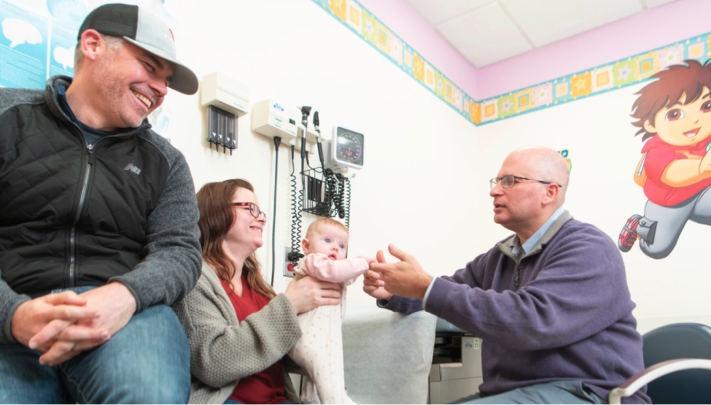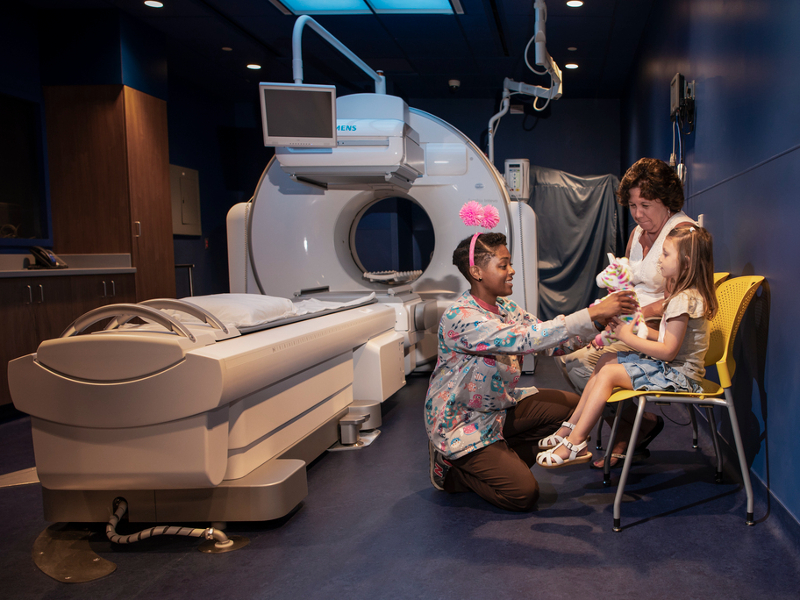Treatment
Pediatric Cecostomy Tube
Key Points about Cecostomy Tube
- Cecostomy is surgery to clear a child's bowels of feces when other treatment has not worked. It is used for children with fecal incontinence caused by major health problems.
- Infection, mechanical failure or bleeding/irritation at the tube site are a few risks of the cecostomy surgery.
- Putting the cecostomy tube in place is just the first step in easing fecal incontinence; follow-up care is needed.
- The night before the procedure, your child will likely need to drink a laxative solution that cleans out the bowels.
- Your child will need to stay in the hospital for the procedure to insert the cecostomy tube. The stay often lasts 1 to 2 days.
When undergoing a cecostomy tube procedure, your child will see pediatric experts from multiple specialties including the Interventional Radiology and Colorectal teams at Children's National Hospital.
Frequently Asked Questions
What is a cecostomy tube?
Why might my child need a cecostomy tube?
What are the risks of a cecostomy?
How do I help my child get ready for a cecostomy tube?
What happens during a cecostomy?
What happens after a cecostomy tube surgery?
Meet the Providers Who Offer Cecostomy Tubes
Departments that Offer Cecostomy Tube

Pediatric Colorectal & Pelvic Reconstruction
The Division of Pediatric Colorectal & Pelvic Reconstruction offers the latest advancements in diagnosis and treatment for all types of pediatric colorectal disorders. Learn more about our division.

Help Kids and Make a Difference
Invest in future cures for some of life's most devastating diseases. Give today to help more children grow up stronger.









